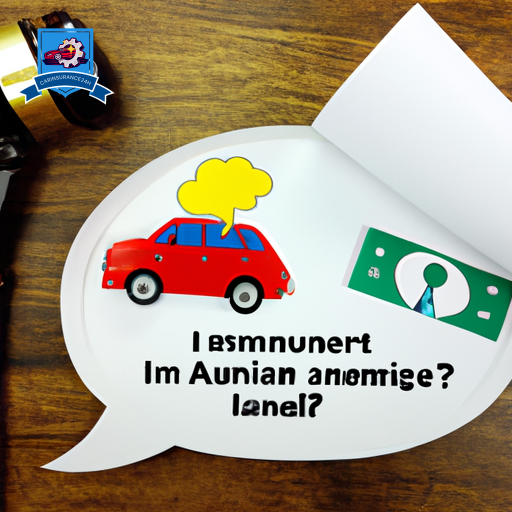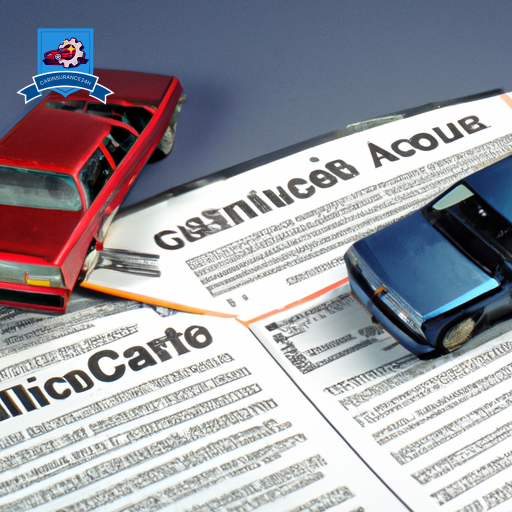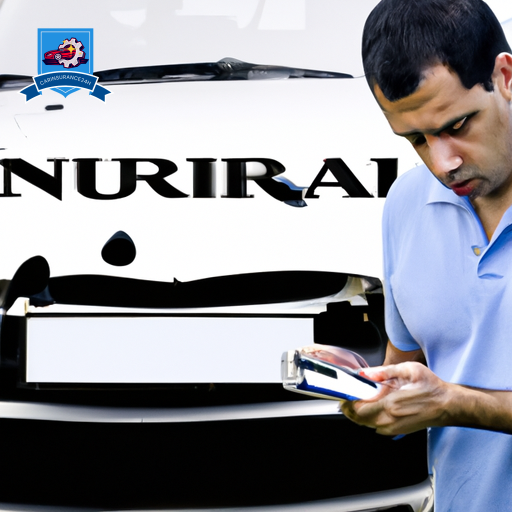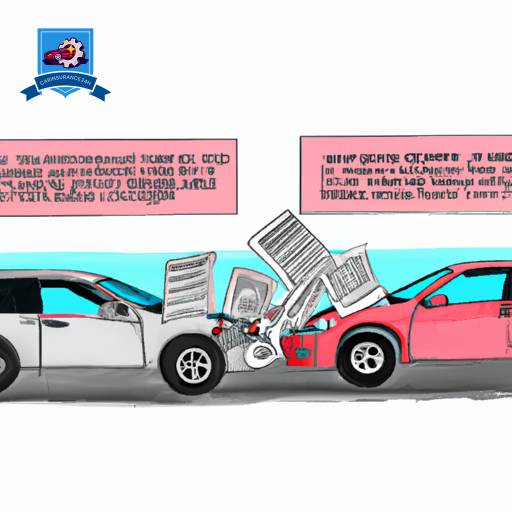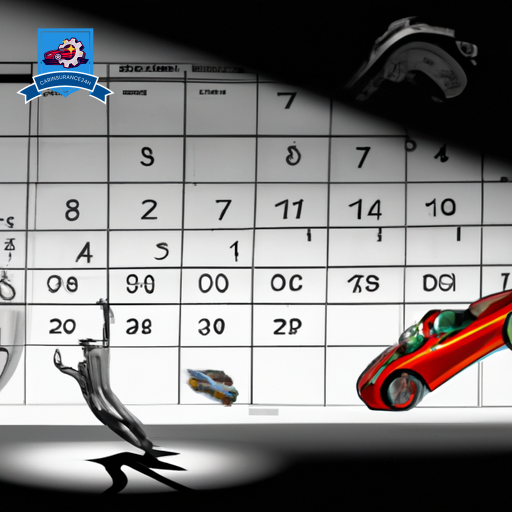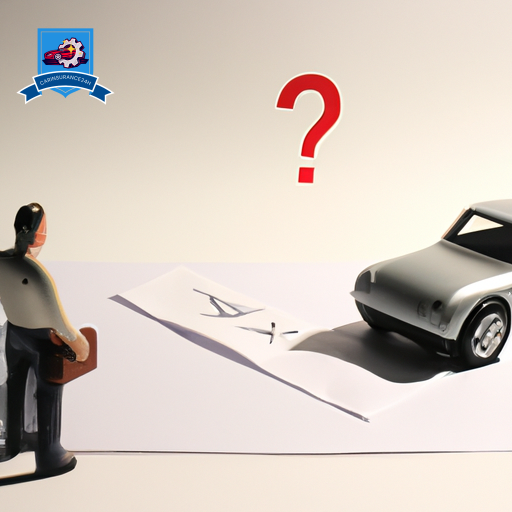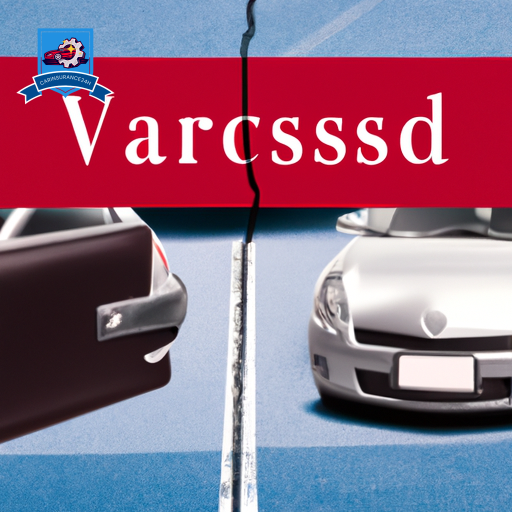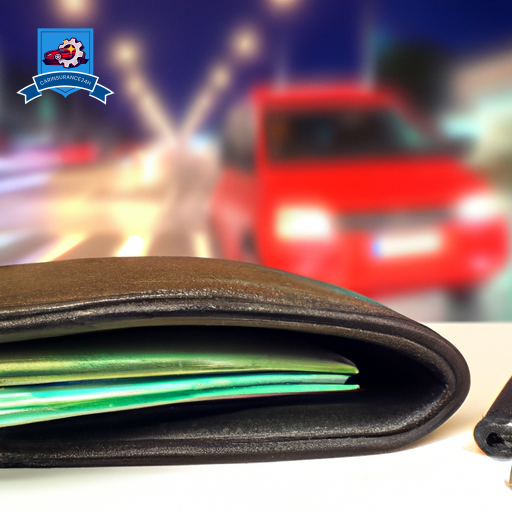In the domain of vehicular accidents, encountering an underinsured driver can precipitate a complex legal quandary. The question of whether one can pursue litigation against such a driver hinges on a nuanced understanding of underinsured coverage, the specifics of one’s own insurance policy, and the legal framework governing these situations.
This discourse aims to elucidate the intricacies of initiating a lawsuit, the potential avenues for compensation, and the strategic considerations involved in mitigating damages. As we navigate through the legal landscape, the subsequent discussion will provide essential insights into the merits and limitations of seeking redress from underinsured motorists, thereby equipping individuals with the necessary knowledge to make informed decisions.
Understanding Underinsured Coverage

Underinsured motorist coverage is a pivotal component of auto insurance policies, designed to protect drivers in the event that they are involved in an accident with a party whose liability insurance limits are insufficient to cover the damages incurred. This specific coverage is critical in bridging the coverage gaps that may arise, ensuring that the victimized driver does not bear the financial burden of the shortfall. It basically acts as a safety net, providing a layer of financial security in such unfortunate scenarios.
The principle behind underinsured motorist coverage is straightforward: it comes into play when the at-fault driver’s liability limits are too low to cover the medical bills, repair costs, and other associated expenses of the accident victim. This type of coverage is particularly important given the rising costs associated with vehicle repairs and medical care, which can easily exceed the minimum liability coverage that drivers are required to carry in many jurisdictions.
Understanding the intricacies of underinsured motorist coverage necessitates an examination of how it interacts with the overall insurance policy. Premium adjustments are a critical factor in this regard. Opting for higher limits of underinsured motorist coverage may result in a modest increase in the policy’s premium. However, this adjustment is often considered a prudent investment, considering the substantial protection it affords against the risk of significant financial loss. Policyholders are encouraged to assess their coverage needs carefully, taking into account their financial situation and the potential costs of an accident with an underinsured driver.
Assessing Your Insurance Policy

Before pursuing legal action against an underinsured driver, it is pivotal to thoroughly examine one’s own insurance policy.
This examination should encompass an evaluation of policy limits and a thorough understanding of the various types of coverage available.
Such an assessment guarantees that individuals are fully informed of their entitlements and the extent of protection their policy provides.
Policy Limits Review
Evaluating the policy limits of your insurance is a crucial initial step in understanding the scope of coverage available to you in the event of an accident involving an underinsured driver. This assessment not only illuminates your current protections but also highlights potential areas for premium adjustments and coverage exclusions that could affect your ability to claim.
- Identify the Maximum Coverage Amount: Understand the upper limit of what your policy will pay.
- Review Coverage Exclusions: Recognize what is not covered under your policy, which could include certain types of accidents or damages.
- Consider Premium Adjustments: Analyze how changes in your policy’s premiums could affect your coverage limits.
- Assess Deductible Requirements: Be aware of the out-of-pocket costs before your insurance coverage begins.
This structured approach ensures a thorough understanding of your policy’s capabilities and limitations.
Coverage Types Explained
Understanding the various types of coverage within your insurance policy is essential for determining the extent of protection provided in the event of an accident with an underinsured driver. Identifying potential coverage gaps and understanding how deductibles impact your financial responsibilities are critical steps in this assessment.
| Coverage Type | Description |
|---|---|
| Liability Coverage | Protects against damages you cause to others. |
| Collision Coverage | Covers damage to your vehicle from a collision. |
| Comprehensive Coverage | Protects against non-collision related incidents. |
Evaluating these coverages ensures you are aware of your policy’s limitations and helps you understand where additional coverage may be necessary. This knowledge is vital for making informed decisions about pursuing legal action against an underinsured driver.
Legal Grounds for Suing

Victims of car accidents involving underinsured drivers possess the legal right to sue for damages exceeding the at-fault driver’s insurance coverage limits. This right is grounded in the principle that individuals should be fully compensated for their losses, regardless of the at-fault party’s insurance status. When pursuing legal action, it’s essential to understand the foundational bases that may allow for a successful claim.
The legal grounds for suing an underinsured driver include, but are not limited to:
-
Statutory Exceptions: Certain jurisdictions have specific statutes that explicitly allow victims to pursue additional compensation from underinsured drivers. These laws are designed to make sure that victims are not left financially burdened due to the limitations of the at-fault party’s insurance policy.
-
Comparative Negligence: In states that follow the comparative negligence model, the amount of compensation one can receive is determined by their degree of fault in the accident. If the victim is found partially at fault, their compensation may be reduced accordingly, but they retain the right to sue for the remaining damages.
-
Contractual Underinsurance Benefits: Some insurance policies include underinsured motorist coverage, which allows policyholders to claim additional compensation from their own insurer. This does not preclude the possibility of suing the underinsured driver directly for damages beyond what the policy covers.
-
Pain and Suffering: Victims can sue for non-economic damages such as pain and suffering, which are not typically covered by standard insurance policies. This category of damages recognizes the emotional and physical distress caused by the accident.
Understanding these legal principles is vital for victims seeking to recover the full extent of their damages from underinsured drivers.
The Lawsuit Process Explained

Upon establishing legal grounds for action against an underinsured driver, the subsequent step involves maneuvering the intricacies of the lawsuit process. This phase encompasses filing your lawsuit, a critical procedure that initiates the legal battle, followed by the imperative task of proving fault legally, which is essential for a favorable outcome.
Filing Your Lawsuit
Initiating a lawsuit against an underinsured driver involves several critical steps, beginning with the filing of a formal complaint in the appropriate court. This process is governed by strict court timelines and understanding lawsuit alternatives is essential before proceeding.
-
Preparation and Filing: Drafting the complaint with precision, stating the damages sought.
-
Service of Process: Legally notifying the defendant of the lawsuit, adhering to court rules.
-
Awaiting Response: The defendant has a specified period to respond, challenging or accepting the claims.
-
Pre-Trial Motions and Hearings: Potential preliminary court appearances before the trial.
This structured approach guarantees the plaintiff’s readiness for litigation while considering the timelines and alternatives available, setting a clear path forward in seeking justice against an underinsured driver.
Proving Fault Legally
After maneuvering the initial steps of filing a lawsuit against an underinsured driver, the focus shifts to the critical task of legally establishing fault through evidence and legal arguments.
This phase is crucial, as the outcome of the lawsuit hinges on the ability to convincingly demonstrate the other party’s negligence or wrongful action. Fault determination methods play a crucial role, encompassing a thorough accident scene investigation, which often includes gathering physical evidence, analyzing police reports, and consulting expert witnesses.
These steps are meticulously undertaken to construct a compelling case that clearly attributes the cause of the accident to the actions or inactions of the underinsured driver, thereby laying a solid foundation for the claimant’s pursuit of justice and compensation.
Compensation Recovery Methods
Once fault has been established in a lawsuit against an underinsured driver, the next critical phase involves exploring the various methods available for compensation recovery. These strategies not only aim to secure the rightful compensation for the injured party but also underscore the importance of meticulous financial planning and the potential for utilizing alternative dispute resolution mechanisms.
- Litigation: Pursuing a court judgment to obtain compensation.
- Negotiation: Engaging in direct discussions to reach a settlement.
- Alternative Dispute Resolution: Utilizing mediation or arbitration to resolve the claim.
- Financial Planning: Evaluating assets and insurance policies for potential compensation avenues.
These methods emphasize a structured approach to make sure that victims are justly compensated while highlighting the critical roles of negotiation, legal strategy, and planning.
Potential Compensation Types

Victims of accidents involving underinsured drivers may be entitled to various types of compensation to address their losses and damages. The process of determining the rightful compensation involves meticulous compensation calculation and damage assessment. This initial phase is vital as it lays the groundwork for understanding the full extent of the victim’s losses, which can range from direct financial costs to more intangible impacts on the victim’s life.
The first category of compensation typically includes actual monetary losses such as medical expenses, both present and future, that arise from injuries sustained in the accident. This encompasses costs for emergency treatment, ongoing care, rehabilitation services, and any required medical equipment. Another key component is compensation for lost wages and earning capacity. This accounts not only for the income lost while the victim recovers but also for any diminution in their ability to earn in the future due to long-term effects of their injuries.
In addition to these tangible losses, victims may also be entitled to compensation for non-economic damages. These cover the intangible impacts of the accident, such as pain and suffering, emotional distress, loss of enjoyment of life, and loss of consortium. Calculating these damages is inherently more complex, requiring a nuanced understanding of the law and the specific circumstances of each case.
Property damage is another potential area of compensation. This includes the cost of repairing or replacing the victim’s vehicle and any other personal property damaged or destroyed in the accident.
Mitigating Your Damages

Understanding the various types of potential compensation is an important step; equally significant is the responsibility of the injured party to mitigate their damages following an accident with an underinsured driver. Post-accident actions should aim at minimizing further losses and adequately documenting the extent of damages incurred. This not only aids in the recovery process but also strengthens one’s position when seeking compensation from an underinsured motorist.
Mitigation of damages, in the context of an automobile accident, involves a series of prudent steps:
-
Immediate Medical Attention: Seek prompt medical care to document injuries and prevent them from worsening. Delay in treatment can be misconstrued as an indication that the injuries were not severe, thereby affecting the compensation claim.
-
Damage Prevention: Take reasonable steps to prevent further damage to your vehicle. This might include moving the car to a safe location if doing so does not exacerbate the damage or compromise safety.
-
Loss Documentation: Compile detailed records of all damages sustained—this includes medical bills, repair estimates for the vehicle, and documented time off work. Photographic evidence of the injuries and damage to the vehicle can be particularly compelling.
-
Compliance with Treatment Plans: Adherence to the prescribed treatment plans and follow-up appointments is important. Failure to comply can be interpreted as a lack of seriousness about the injuries, undermining the claim for compensation.
The responsibility to mitigate damages does not mean that the injured party must bear the cost of preventing further loss but rather to act reasonably and prudently to minimize the extent of the damages. Proper documentation and adherence to these guidelines not only facilitate recovery but also ensure that the process of seeking compensation from an underinsured driver is as smooth and effective as possible.
Seeking Legal Advice

Consulting with a legal professional is a critical step for individuals pursuing compensation from an underinsured driver. The complexity of insurance laws and the nuances of personal injury cases necessitate specialized knowledge that only an experienced attorney can provide. Legal representation in such matters is not merely advisable; it is often paramount to ensuring that one’s rights are fully protected and that the compensation sought is commensurate with the losses incurred.
An attorney skilled in dealing with underinsured motorist claims will possess the expertise to evaluate the specifics of the case, identify all potential sources of compensation, and develop effective negotiation strategies tailored to the circumstances. These strategies can be instrumental in maximizing the settlement amount from the underinsured driver’s insurance company and, if necessary, pursuing additional compensation through one’s own underinsured motorist coverage.
Furthermore, legal representation offers a strategic advantage in sailing the procedural intricacies of filing a lawsuit, should it become necessary. An attorney will make certain that all legal requirements are met, deadlines are adhered to, and evidentiary standards are satisfied. This meticulous attention to detail can significantly influence the outcome of the case.
Frequently Asked Questions
How Does Filing a Claim Against an Underinsured Driver Affect My Insurance Premiums?
Filing a claim against an underinsured driver may influence your insurance premiums, as "forewarned is forearmed." During premium calculation and policy renewal, insurers evaluate claim history, potentially adjusting rates based on perceived risk and past claim frequency.
Can I Pursue Additional Compensation if the Underinsured Driver Was Engaging in Illegal Activities at the Time of the Accident?
Pursuing additional compensation due to the illegal activity consequences of an underinsured driver at the accident time may be viable. Exploring additional compensation avenues requires careful legal analysis to ascertain potential impacts on the claim’s outcome.
Are There State-Specific Limitations on Suing Underinsured Drivers That Could Impact My Case?
Yes, state-specific limitations can substantially impact cases against underinsured drivers, including policy minimums and comparative negligence laws. These factors influence the ability to recover damages, necessitating a thorough understanding of relevant state statutes and case law.
How Long After an Accident Do I Have to Decide to Sue an Underinsured Driver?
The statute of limitations dictates the timeframe within which one must initiate legal action following an accident. This period varies by jurisdiction, emphasizing the importance of timely accident reporting and legal consultation to safeguard one’s rights.
What Are the Potential Tax Implications of Receiving a Settlement or Judgment Against an Underinsured Driver?
Receiving a settlement or judgment against an underinsured driver may affect your tax liability, depending on tax brackets and whether certain costs, such as legal fees, qualify as deductible expenses, thereby influencing your taxable income.

